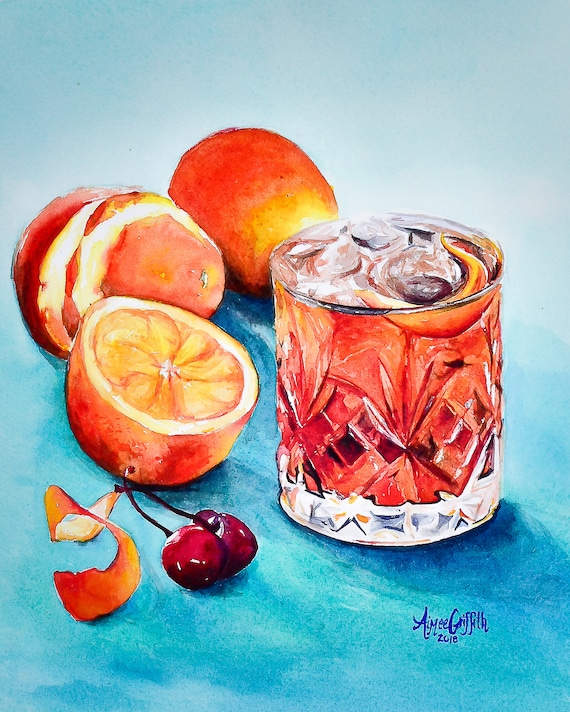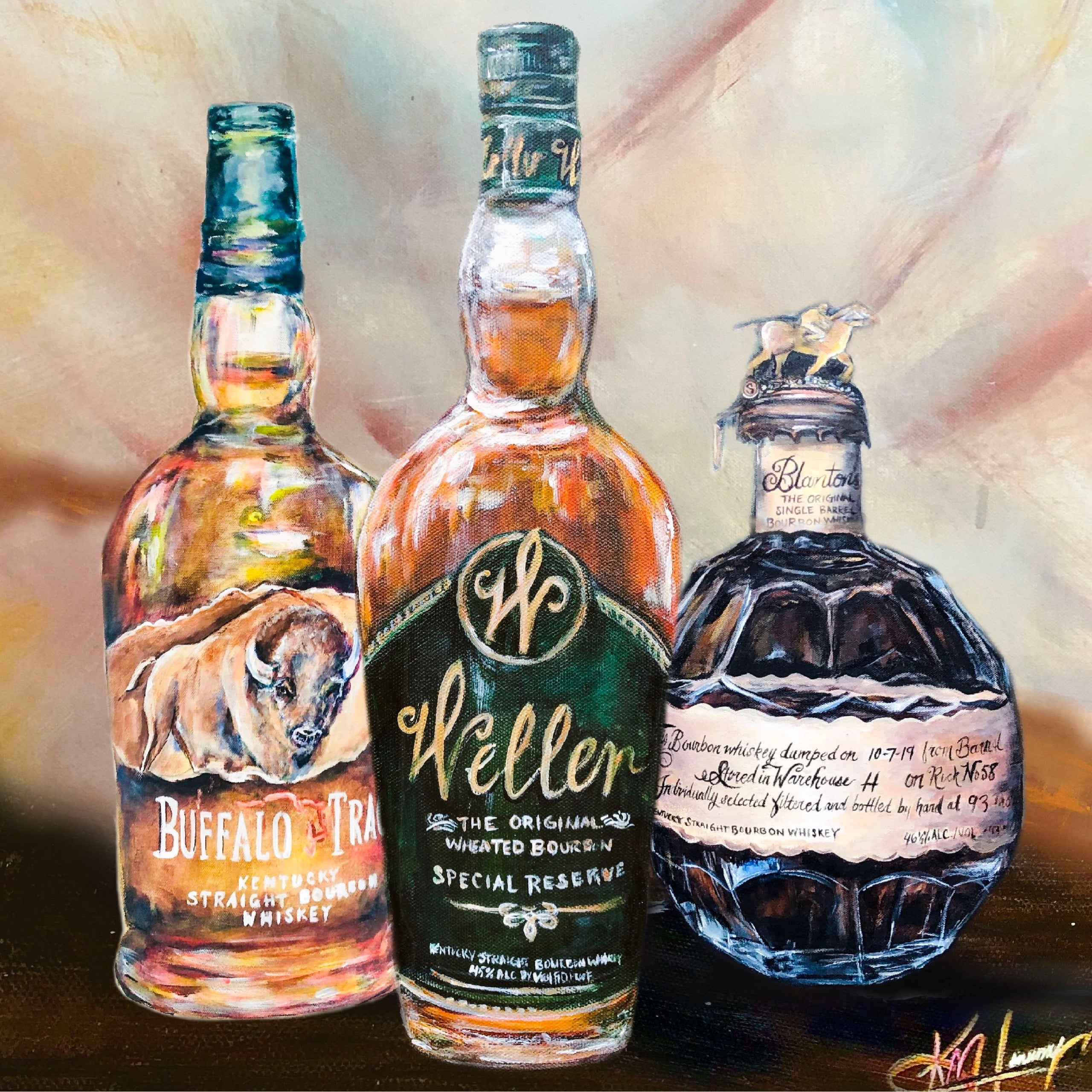Whiskey Art as a Declaration: How It Improves Home Décor
Whiskey Art as a Declaration: How It Improves Home Décor
Blog Article
The Importance of Whiskey Art in Celebrating Heritage and Craftsmanship in the Beverage Industry
The detailed connection in between scotch art and the celebration of heritage and craftsmanship within the drink industry can not be overemphasized. Through attentively developed bottles and labels, whiskey brand names encapsulate their historic origins and the artisanal skills that specify their production approaches.
The Historical Roots of Whiskey
At the heart of whiskey's attraction lies an abundant tapestry of historical roots that map back to ancient people. The beginnings of whiskey can be connected to the distillation methods of the Sumerians and Babylonians around 2000 BCE, where very early forms of fermented grain drinks started to emerge. It was in the Center Ages that the art of distillation advanced considerably, specifically in Ireland and Scotland, leading to the creation of scotch as we understand it today.
The term "bourbon" itself originates from the Gaelic word "uisce beatha," implying "water of life." This expression emphasizes the social relevance of bourbon in Celtic societies, where it was typically linked with routines, celebrations, and communal bonding. By the 15th century, distillation ended up being an acknowledged craft within reclusive communities, paving the method for the establishment of legal distilleries.
As trade paths broadened, bourbon's appeal expanded, going beyond local borders and recording the passion of aficionados worldwide. Bourbon Art. This historical journey reflects not just the workmanship behind bourbon manufacturing but additionally its integral role in social and cultural contexts, noting it as a substantial drink throughout background
Artistic Expression in Branding
Scotch branding stands as an engaging intersection of virtuosity and business, where aesthetic identity plays a critical duty fit consumer understanding. The looks of whiskey tags, product packaging, and advertising and marketing materials reflect not only the brand name's tale however also its core worths and heritage. With creative expression, distilleries convey a narrative that reverberates with customers, evoking emotions and triggering links.
Making use of shade, typography, and images in branding serves to set apart products in a saturated market. For example, typical themes might evoke a sense of credibility and craftsmanship, while contemporary designs can signify development and forward-thinking. This tactical imaginative direction improves brand name recognition and commitment, allowing customers to build a personal partnership with the whiskey they select.
In addition, creative expression in branding usually acts as a party of regional heritage. Distilleries often include regional symbols or historical referrals right into their designs, producing a feeling of place that invites consumers to participate in a broader cultural experience. Eventually, the virtuosity behind bourbon branding not only improves aesthetic allure yet also enhances the total story of the brand name, fostering a deeper recognition for the workmanship and heritage ingrained in each container.
Workmanship in Container Design
The artistry apparent in scotch branding prolongs past aesthetic identification to incorporate the craftsmanship involved in bottle design. Each bottle serves as a vessel not just for the spirit within, but also for the story it tells about its top quality, practice, and beginning. The style process requires meticulous attention to information, as components such as material, shape, and closure add dramatically to the total understanding of the scotch.
Craftsmanship in bottle layout entails choosing top notch glass that can improve the whiskey's shade and clearness, while also providing a responsive experience for the customer. The silhouette of the bottle have to be their website both aesthetically appealing and useful, typically mirroring the heritage of the brand. Lots of distilleries select unique shapes or printed logo designs that evoke a feeling of credibility and background.
Furthermore, the tag layout and typography play a critical function in communicating the brand name's story. Bourbon Art. A well-crafted container not only astounds the customer's eye but additionally enhances the brand's commitment to quality and custom. In this method, the workmanship of container layout ends up being a vital element of the whiskey experience, merging virtuosity with a profound respect for heritage
Cultural Relevance of Scotch Art
Celebrating practice and workmanship, the cultural importance of bourbon art transcends plain appearances, linking with the social and historic narratives of the regions where it comes from. Each bottle functions as a canvas, showing the distinct stories, mythology, browse around this web-site and practices that have shaped local whiskey-making techniques. The elaborate designs usually show the heritage of the distillers, including signs and concepts that resonate with the society and worths of their communities.

Additionally, bourbon art plays a vital role in communal gatherings and celebrations, acting as a substantial web link between individuals and their shared experiences. By appreciating the virtuosity in whiskey product packaging, customers cultivate a deeper understanding and respect for the craft, ultimately enhancing their enjoyment of the beverage itself.
Modern Trends in Scotch Discussion
Recently, the presentation of bourbon has developed to show modern preferences and trends while still recognizing conventional workmanship - Bourbon Art. Distilleries are significantly focusing on aesthetic components that improve the overall drinking experience, connecting the gap in between heritage and modernity
Ingenious container styles have actually emerged, frequently incorporating lasting products and creative labels that tell compelling tales. Several brands now collaborate with regional artists, infusing their products with one-of-a-kind aesthetic expressions that resonate with customers. Additionally, limited-edition releases are typically packaged in collectible containers, including value and charm for lovers.

Conclusion
In final thought, bourbon art offers as a crucial conduit for sharing the heritage and craftsmanship inherent in the beverage industry. Via intricate branding, innovative bottle styles, and culturally substantial imaginative components, scotch brand names effectively recognize their customs and connect with consumers.


Craftsmanship in bottle layout entails picking high-grade glass that can enhance the whiskey's shade and clearness, while likewise giving a responsive experience for the customer. In this way, the workmanship of container layout comes to be a crucial facet of the bourbon experience, combining artistry with an extensive regard for heritage.
In verdict, scotch art offers as a crucial avenue for sharing the heritage and workmanship intrinsic in the drink market.
Report this page